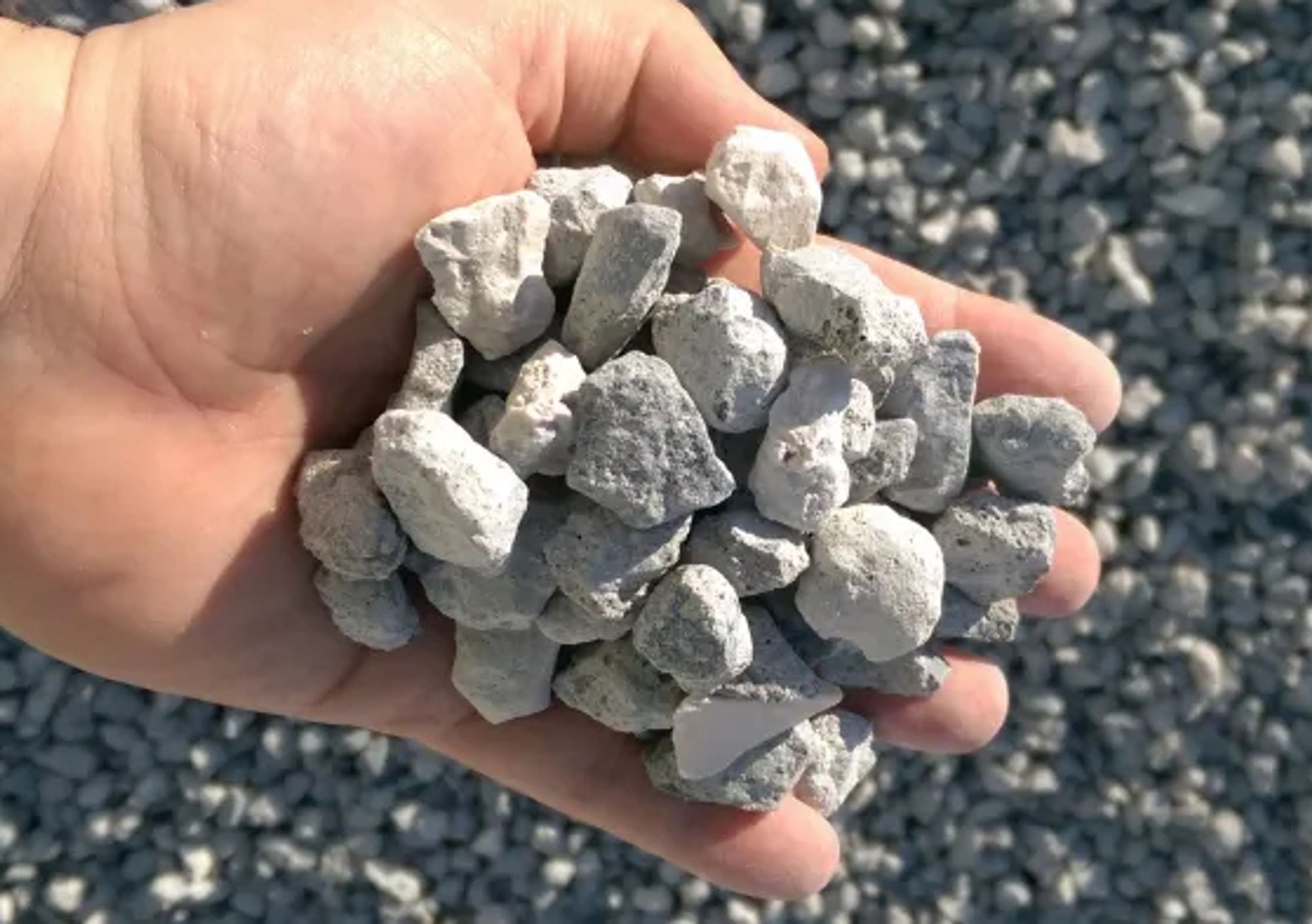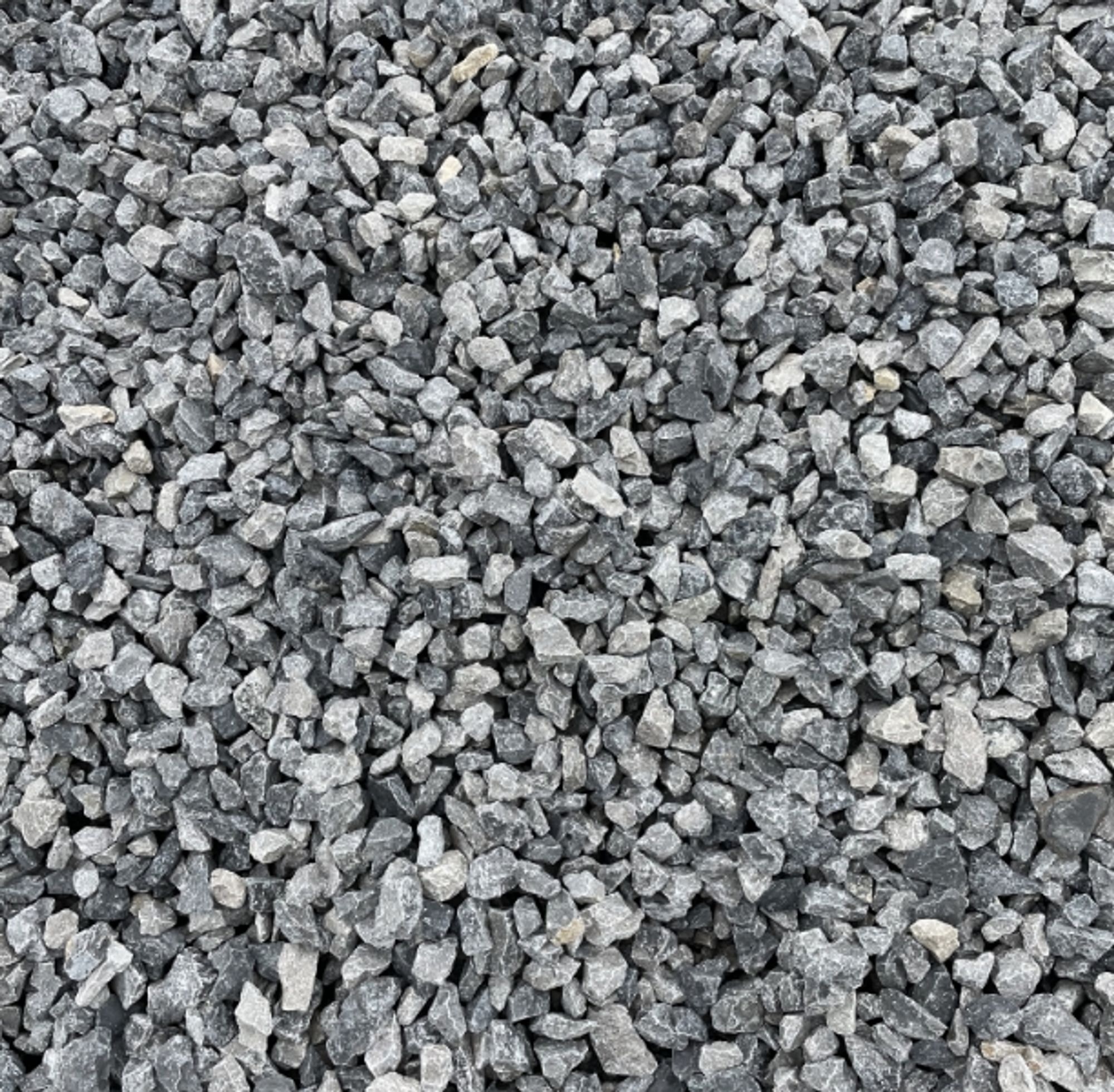Table Of Contents
Overview
Aggregates are, by definition, a collection of loose materials such as sand, gravel and crushed stone. They are sourced from quarries, pits and even recycled concrete.

Uses of Aggregate
1) Roads & Walkways
2) Bridges
3) Home Construction
4) Concrete and Asphalt
5) Plants Fertilizers
6) Toothpaste
Types of Aggregate
Granite Aggregates
This is the best aggregate for high-grade concrete, and as it comes in a variety of shades, like grey, red and pink, it can also be used as a decorative feature. Granite itself is composed of feldspar, quartz and mica crystals, which dictate the color of the stone.
Limestone Aggregates
Limestone aggregates are creating through the crushing of sedimentary rock. This type of aggregate is one of the most commonly used in road construction and reinforced concrete aside from granite and gravel.
Gravel/Ballast Aggregates
Gravel aggregates are sourced by sifting quarried rock and crushing natural stone. Gravel aggregates don’t possess as much strength as their granite counterparts, but they are often cheaper to purchase. Another, somewhat niche, but nevertheless positive quality is that it has a low radioactive content. Gravel aggregates are used for foundations and concretes, as well as products made of reinforced concrete and materials used in road construction. There are two types of gravel aggregates:
Recycled Aggregates
Obtained by crushing construction waste (concrete, bricks and asphalt), secondary aggregates are designed as an effective, low cost option to other materials. It is approximately two times cheaper than granite, but it is not as strong as its costlier counterpart. However, secondary aggregates have a wide range of uses: a large scale filler for concretes with strengths of 5-20 MPa, road construction, maintenance works (used under asphalted areas and pavements) and for reinforcing weak soils.
Sand
Sand is used to provide bulk and strength for materials like asphalt and concrete, as well as being used for decorative purposes. Sand combines with water and other aggregates to form the solid, durable concrete that is used in countless applications all over the world. It also plays a key role in the binding agent in asphalt, transporting it throughout the mix.

Cleans vs Minus Aggregate
Minus aggregate contains fines which are small particles that help the product be compact. Minus aggregate is used for base materials for concrete and roads.
Clean aggregate contains no fines clean aggregate tends to cost more because it requires more water and resource to create. Clean aggregates are good for applications needing filtration and or drainage.
Often minus aggregate and clean aggregate are used together. Clean aggregate can be placed where there is muddy or unstable ground and Minus aggregate be placed on top for a sturdy driving surface.
Aggregate Sizes and Use Cases
Fine
3/16 inch and Smaller
Applications
- Concrete
- Asphalt
- MSE Wall Backfill
- Select Backfill
- Refractors
- Micro-Surfacing and Other Asphalt Surface Treatments
- Agricultural Lime
- Snow and Ice Control
Dense-Graded Base Coarse
1-1/2 inch and smaller
Applications
- Foundations for Highways and Structures
- Road Shoulder Stabilization
- Unpaved Road Stabilization
- Driveways
- Engineered Backfill
- Cement-treated Base
- Equipment Support Pads on Jobsites
- Other Applications
Coarse
Common Sizes
4 inch - 3/16 inch
Designations
Common ASTM and AASHTO Designations:#1, #2, #357, #4, #467, #5, #56, #57, #6, #67, #7, #8, #89
Applications
- Concrete
- Asphalt
- MSE Wall Backfill
- Railroad Ballast
- Sediment Check Dams
- Runoff Water Containment Cells
- Ram Aggregate Piers
- Driveways
- Construction Entrance Roads
- Other Applications
Rip Rap and Landscape Rocks
Common Sizes
4 inch and Larger
Common Applications
- Erosion Control
- Channel Flow Control
- Scour Protection
- Slope Stability
- Shoreline Protection
- Jetties
- Landscaping
- Architectural Applications
- Gabion Baskets
- Other Applications
Aggregates By Source
Artificial Aggregates / Manufactured Aggregates
Products manufactured in the industrial production process that can be used in construction, such as expanded shale, expanded perlite, blast furnace slag, fly ash, etc.
Recycled Aggregates / Secondary Aggregates
Recycled aggregates are secondary aggregates obtained by crushing construction waste (concrete, bricks and asphalt).
Compared with original aggregates, recycled aggregates have better economic benefits and are widely used. Mainly used for road construction (driveways and sidewalks), large-scale filling of concrete with 5-20 MPA strength, trench filling, etc.
Aggregate Shapes
Rounded
Irregular
Angular
Flaky
Elongated
Aggregate Texture
Glassy
Smooth
Rough (hard to compact)
Honeycombed (porous)
What makes quality Aggregate?
Aggregates must have predictable, uniform, and consistent materials properties. They must be dry and clean before they can be used. Aggregates are only as good as their processing. They are mined, crushed, washed, and separated. The successful outcome of each step, the processing of a good aggregate, depends on the success of the previous step. That success depends on the hardworking men and women in the aggregates industry, men and women who often go overlooked and underappreciated in the construction industry.
